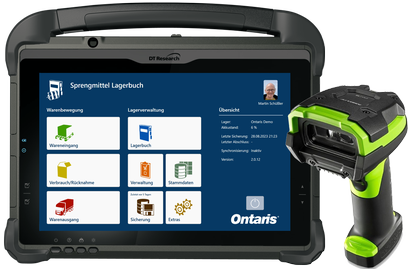Scrum is today one of the best known agile methods of software development or programming. The aim is to constantly improve the programming process in order to achieve the highest quality at the lowest possible cost and to be able to react flexibly to customer requirements. Scrum provides the necessary methods and tools for this.
Why do so many software projects still fail or become too expensive?
When programming a new software, not only a new program is developed, but in most cases new processes are introduced in the company, which have to be mapped with the software. This is normally defined and described by a specification sheet once it has been drawn up. Often, however, processes and requirements have to be adapted and corrected in the course of development, for which the classic development methodology does not offer suitable tools. In addition, a defined group of users, in addition to their normal tasks in the company, must deal intensively with the new software and the processes depicted. This takes place on a very abstract planning level, which a non-specialist usually cannot achieve.
In classical software development with “specification sheet -> specification sheet -> prototype -> beta I -> beta II -> release”, whole program parts or complete program modules are always defined and implemented. This causes the following problems:
- Important details are forgotten or misjudged during planning.
- Milesstones can easily shift due to too long development cycles.
- Short-term changes in requirements lead to consequences (of a financial and temporal nature) that are sometimes incalculable.
- Repeated testing of entire program parts ties up enormous resources at the customer’s site.
Why Scrum as a guarantee of success?
In agile software development with Scrum, the framework of the software to be developed is defined together with the customer. The core components of the application are defined, worked out and the costs are determined. At this point in time, there is no continuous detailed planning of the individual program sections.
The development of the software takes place in constant development teams. It is developed in 2-4 week cycles (sprints). After completion of a Sprint, the customer receives executable software that contains the functions previously defined together. This has the following advantages:
- Effective and accurate detailed planning with binding milestones.
- The software grows in manageable steps.
- Functions can be added, corrected or deleted at short notice.
- The customer always gets a completely executable application.
- Only the new functions must be tested.
All this within a fixed cost and time frame!
What is Scrum?
Scrum is based on self-organizing development teams. Team members take on different roles such as Scrum Master and Product Owner. The product owner works very closely with the customer and represents him within the development team. The product owner sees the project from the customer’s perspective. It has the task of clearly defining, prioritizing and, if necessary, changing the requirements for the software to be developed.
The Scrum master ensures that the teams can work without interruption, monitors that the development processes do not break apart and is the interface to the product owner.
Scrum builds on development cycles that last between 2 and 4 weeks (sprints). Before the start of a sprint, the team plans in detail the content and time needed to implement the requirements it has received from the product owner. If the specifications or requirements for the software change for important reasons, the corresponding sprint is terminated prematurely and a new sprint with the changed requirements is planned. All other software requirements that arise during the sprint are entered into the ProductBacklog by the product owner and scheduled for future sprints.
Would you like to learn more about Scrum?
If you would like to learn more about Scrum and its implementation in our projects please contact us and send us a short request with your contact information.








